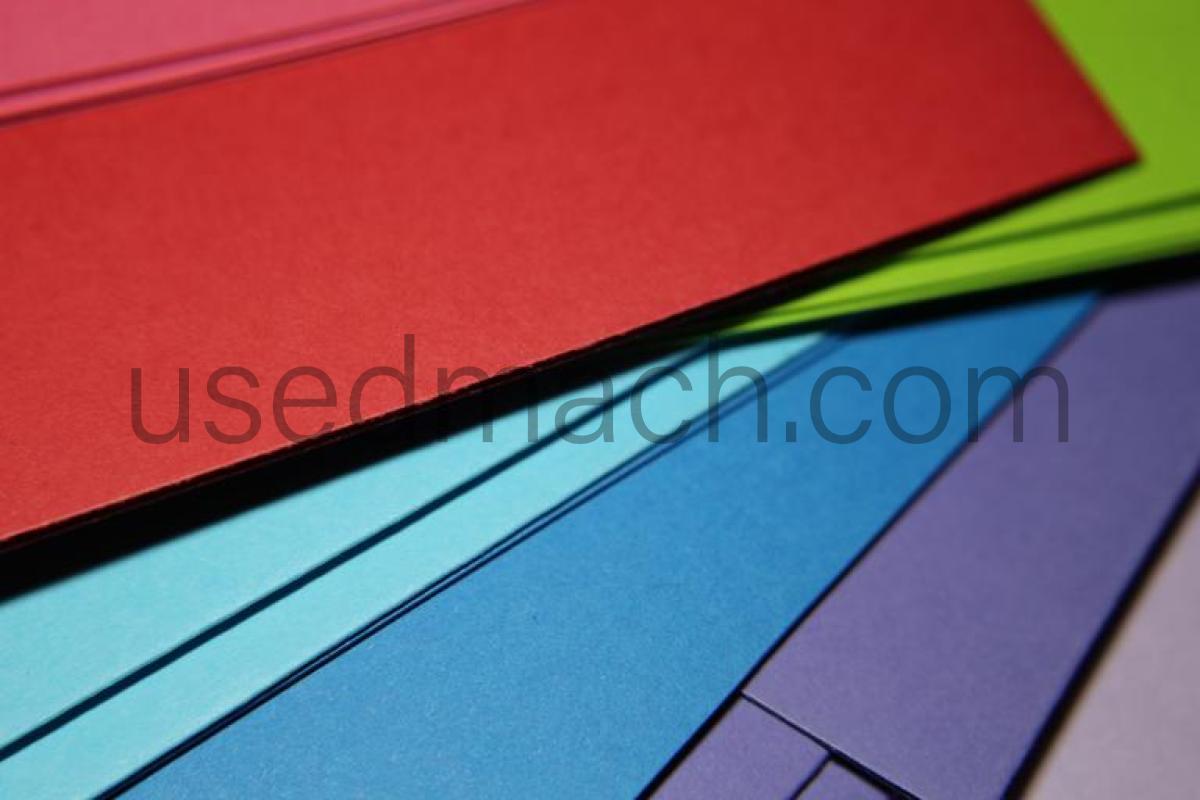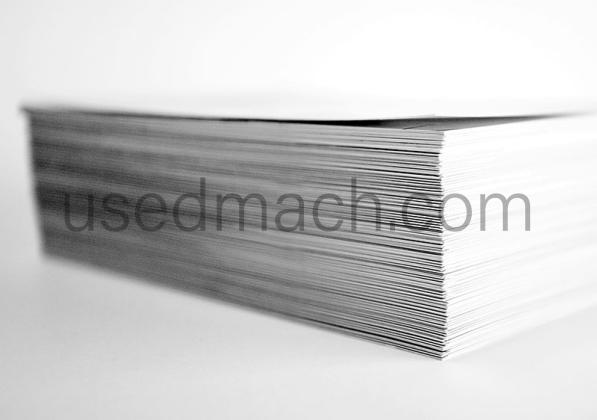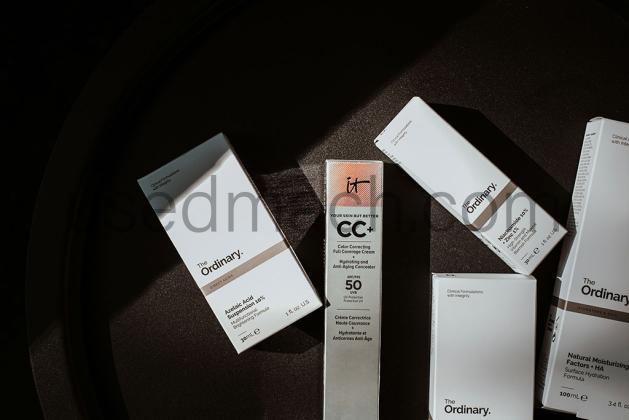Acceptance of paper outer packaging
At present, the packaging of flat paper mainly adopts two basic forms: plywood packaging and wooden box packaging. Qualified flat paper generally has more than two layers of packaging paper, plus wooden board packaging, and tied tightly with iron strips. The packaging papers used are mainly wax paper, tar paper, kraft paper, snake skin paper, etc. Mark "moisture-proof" and "do not throw" on the plywood or wooden box, and some also indicate the direction of the paper strands. The product certificate should also be affixed to the plywood or wooden box, and the product name, specification, ream weight, number of reams per piece, paper grade, implementation standard, production date, name of the manufacturer, etc. should be marked. The outer packaging should be intact and should not be deformed or damaged. If the outer packaging is severely damaged and the paper is exposed outside the packaging, it should be rejected without hesitation, or other measures should be taken to avoid unnecessary losses. The acceptance of paper outer packaging is a basic acceptance, and this checkpoint must be strictly grasped.
Appearance acceptance after removing the outer packaging
After removing the outer packaging of the paper, first check whether there is a quality inspection form, and then check the paper phase and color.
The basic characteristic of normal paper phase is good flatness, that is, the paper phase should be flat on the surface and flat on the end. For a certain piece of paper, it is relatively difficult to judge whether its paper phase is normal, unless the paper has been severely deformed.
The usual method is to unwrap the paper package and pile it up 1m high to see whether the paper phase is normal. When the paper phase is abnormal, it presents a variety of shapes, the most common ones are wavy and disc-shaped. Other shapes include mountain shape, valley shape, corner warp shape, bag shape, tilted shape, valley shape, curled shape, saddle shape, etc.
There are many reasons for these bad paper phases, which can be summarized as follows: ① The moisture content of the entire paper is uneven, resulting in uneven local shrinkage; ② The thickness of the paper formed during the papermaking process is uneven; ③ The front and back of the paper are inconsistent in expansion and contraction, especially single-sided coated paper is more obvious.
In addition, the side of the paper pile can also show whether the color of the paper is uniform. In any case, the same batch of paper must have consistent whiteness, uniform color tone, and small color difference. Otherwise, after the printed matter is bound into a book, the top, bottom, cut and other parts will appear to have obvious color stratification.
How to detect paper size
According to national standards, the paper size should be measured using a steel tape measure with a length of 2m and an accuracy of 1mm. When measuring, 3 samples should be randomly selected from the same package, and the measurement results are expressed as all measured values, accurate to 1mm. The allowable error of the length dimension of the paper is ±3mm. If the paper is skewed, it will cause insufficient or excessive paper size, resulting in the angle between the long side and the short side of the paper not being at right angles. Therefore, in addition to measuring the length dimension of the paper, the skewness of the paper should also be measured. The allowable error of the skewness of the paper is 3mm~5mm.
In addition, the size of the paper size stability can also be expressed by the expansion rate of the paper. When accepting paper, the elongation of the paper in water can be used to measure it. Cut a horizontal paper strip of 2cm×20cm and soak it in water for 1h~2h to make it fully expand until the size remains unchanged. Take it out and lay it flat on a glass plate. Use a transparent ruler to measure the size, calculate the elongation, and compare it with the standard.
If the paper is already in a bad state after unpacking, and the elongation of the paper in water is too large, it is best to reject such paper to avoid future troubles.
How to detect the surface strength of paper
The surface strength of paper is a very important property of paper. Each printing paper has certain requirements for it. Therefore, the state has made clear regulations on the surface strength of each printing paper.
If the surface strength of the paper fails to meet the requirements of printing, the paper will produce hair loss, powder loss, and even stratification during printing. Therefore, the inspection of the surface strength of paper is also an important part of paper acceptance, but many printing companies often ignore it, so various printing failures occur during printing.
When accepting paper, some simple methods can be used to judge the size of the surface strength of the paper. For example, the Danish wax stick method is used for testing. Although this method has some disadvantages, it is still a relatively simple method for measuring the anti-linting ability of a particular paper.
During the measurement, the end of a wax stick of a certain grade is melted and pressed against the surface of the paper to be tested. After 15 minutes, it is quickly pulled out and the paper hair or paper powder removed is checked on the end surface. Another simple method is to use a slightly wet finger (usually the thumb) to press heavily on the surface of the paper, rub it slightly, and then quickly separate it to observe whether there are short fibers or powder on the surface of the finger.






